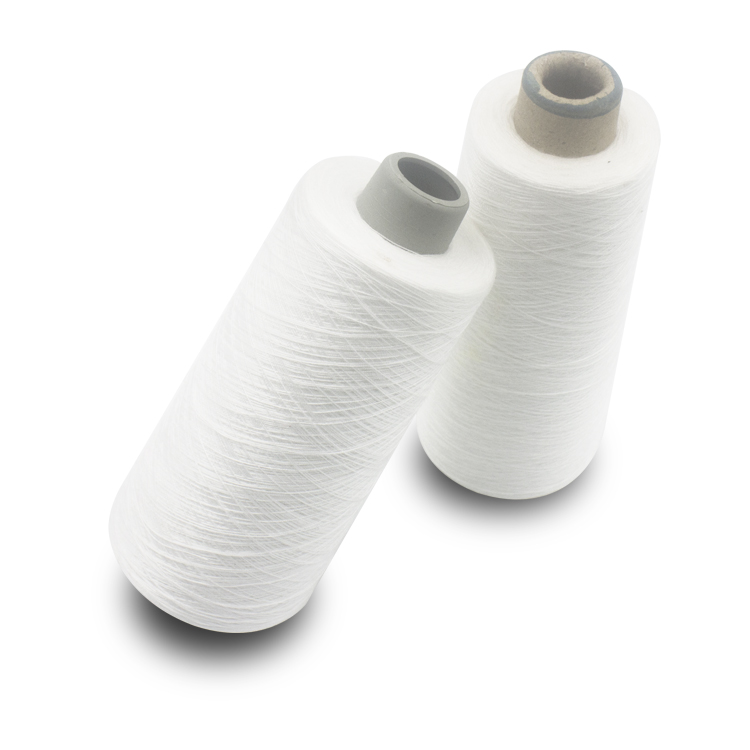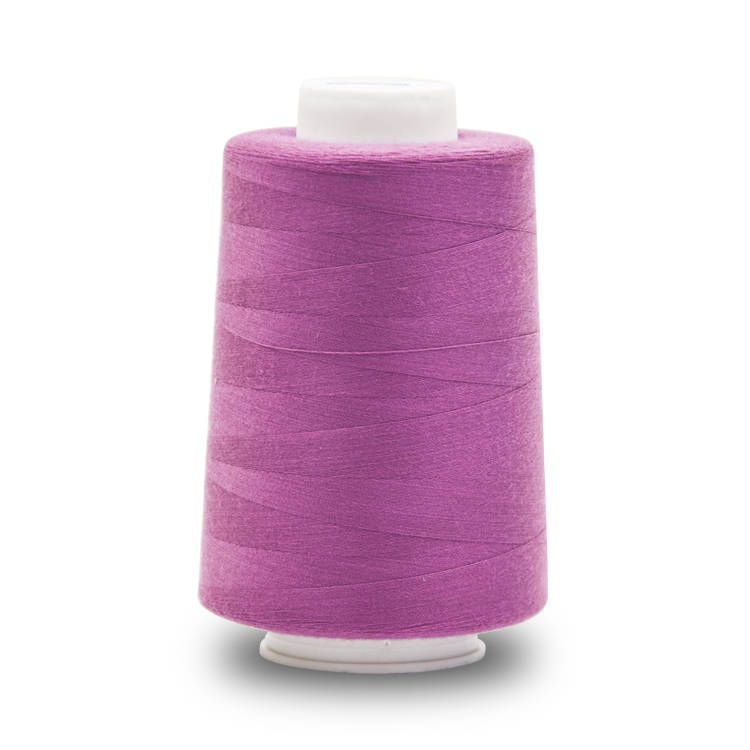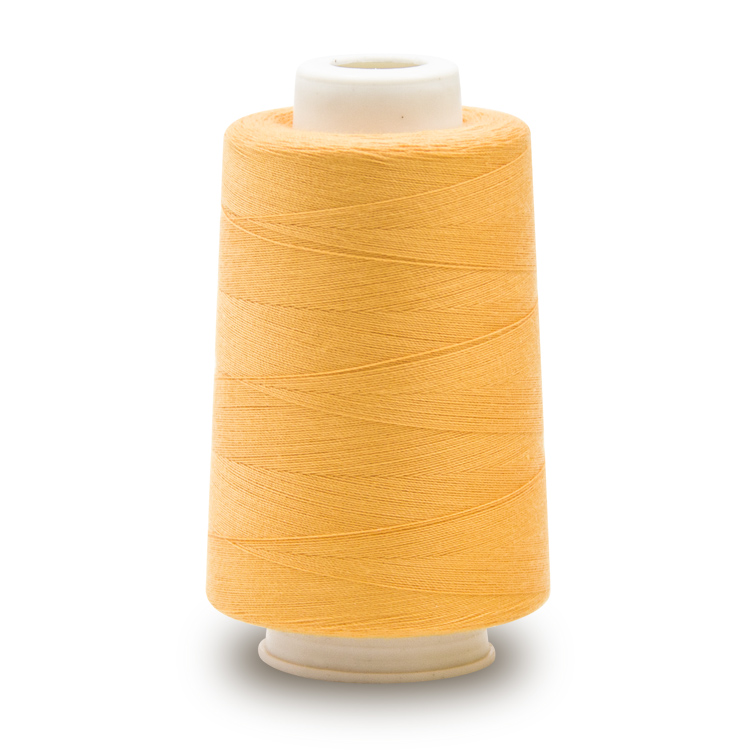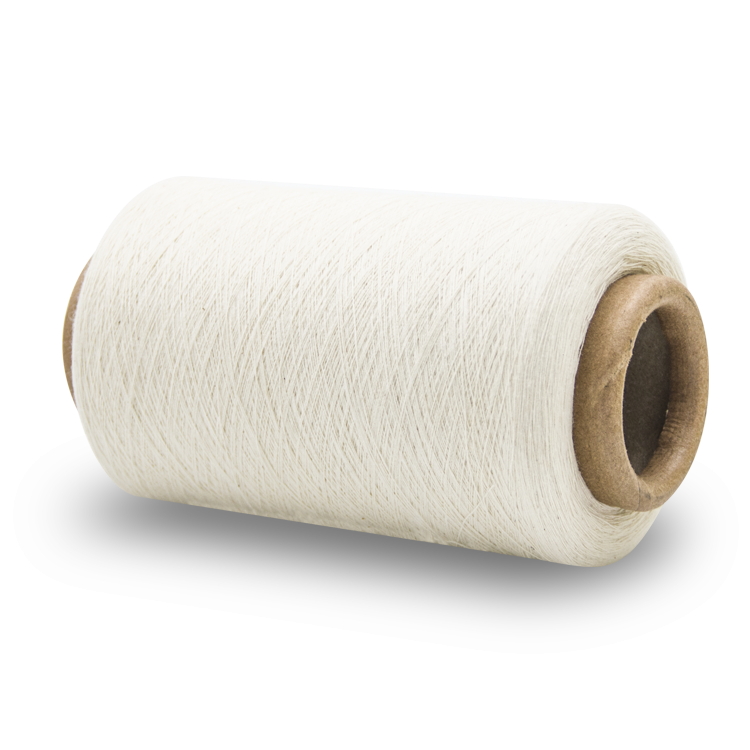
Cause analysis and solution measures of yarn thread cotton mesh breaking(1)
Common problems in yarn thread combing process include bad cotton web, holes, poor jointing, etc., which have a great impact on product quality and become the focus of attention of relevant technical personnel in yarn thread textile enterprises.
Poor edge of yarn thread cotton web
Poor edge of yarn thread cotton web includes wool edge, loose edge, broken edge, skirt edge and other phenomena.
It has a direct impact on the quality of combed semi-finished products, such as holes in yarn thread cotton web and poor connection of yarn thread cotton web, which should be strictly prevented.
Phenomenon
The two sides of the yarn thread cotton web exported from the separating roller are not smooth and uneven.
Some of the cotton fibers yarn thread on the two sides of the cotton web are scratched by the tips of the cotton collecting hooks and broken into spider-like edges.
Some edges have a distinct longitudinal scarce road.
Some edges of the yarn thread cotton web are wrinkled like skirts when it is exported.
Some edges have periodic curly bundles of fibers yarn thread, even serious cotton web.
The edge will shrink and narrow, which directly affects the evenness and weight of sliver.

Cause analysis
1) The gap between the front edge of the nipper collector and the upper nipper lip is too large, which causes the cotton layer to be bearded after the upper and lower nippers occlude. Because the fibers yarn thread on both sides of the beard are loose, it is easy to cause the bad edge of the yarn thread cotton web after being combed by the cylinder comb needle.
2) Installation position of the yarn thread separating roller cotton collector hook is inaccurate.
When the installation is too low, the tip of the collector hook pierces the yarn thread cotton web, and even divides the cotton web into stripes.
Too wide or too narrow opening of the collector hook will affect the poor edge of the yarn thread cotton web.
Too wide opening does not play a role in collecting and drawing.
Loose and worn edges of yarn thread cotton webs and too narrow opening will cause overlapping and thickening of yarn thread cotton webs at the edges of cotton webs.
3) When the temperature and humidity of the workshop are inappropriate, especially when the humidity is higher than 70% or lower than 55%, the yarn thread cotton web edge is easy to be brought up by cotton rollers or rollers, which makes the yarn thread cotton web edge worse, and even produces cotton wrapping rollers or separating rollers.

4) When processing staple fibers yarn thread on the high-speed machine, the two sides of the cotton web will sag in the middle of the two separate rollers because the separating cots can not hold or the cross-bridge gear of the separating roller is tightened.
5) There are a few wrapping flowers on both sides of the cot or roller, which makes the separating pliers hold badly on the yarn thread cotton web and produce broken edges.
6) The short raw cotton fibers and the poor control of triangular airflow boards can easily lead to loose edges of yarn thread cotton webs.
Maintenance methods
1) In flat cars of different sizes, the front edge of the nipper collector should be as close as possible to the inner side of the upper nipper lip.
2) Separation roller yarn thread cotton collector hook should be installed according to the regulations.
The height and opening of the hook are the same.
The surface of the hook is smooth, without burrs and wax.

3) Strictly control the temperature and humidity of the workshop.
4) The pressure of separating cots should be increased on the high-speed machine platform to ensure a good grasp of the separating whiskers.
5) Check for yarn thread wrapping on both sides of separating roller or cot.
6) The separated roller cross-bridge gear and the front and back separated roller head gear mesh properly, and the front and back are tightened uniformly; after calibration, the auxiliary shaft handwheel should be slightly reversed and rotated in order to make the separated roller synchronously reverse and forward to normal.
7) For short fibers yarn thread, the small nipper collector can be properly retracted to open the gear, and the triangular airflow plate is slightly loosened by 0.5 mm, which can solve some loosening phenomenon.
(to be continued)




